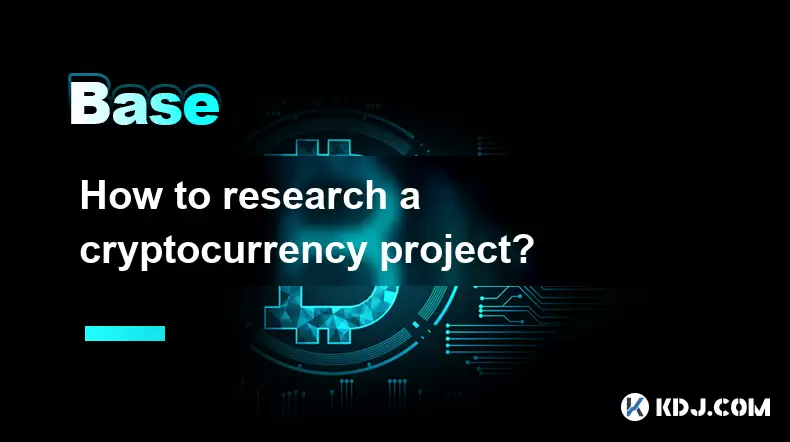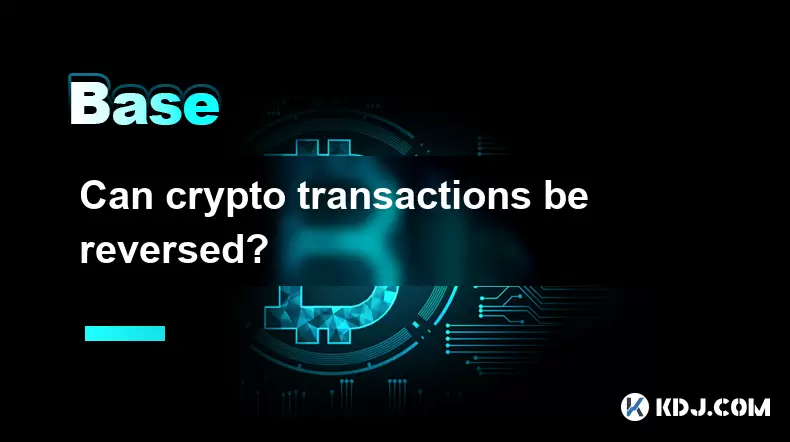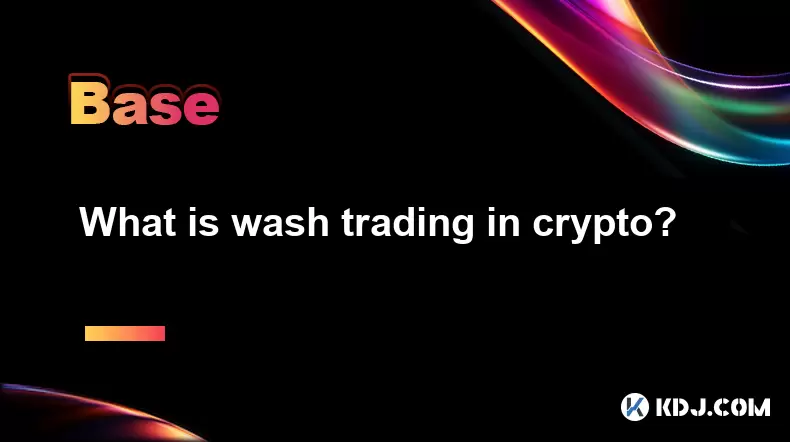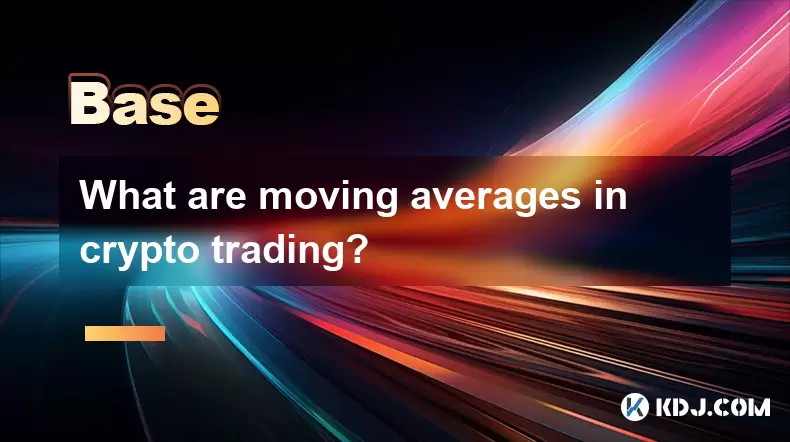-
 Bitcoin
Bitcoin $116900
0.00% -
 Ethereum
Ethereum $4280
5.48% -
 XRP
XRP $3.265
-1.45% -
 Tether USDt
Tether USDt $1.000
-0.01% -
 BNB
BNB $807.0
1.41% -
 Solana
Solana $183.1
2.93% -
 USDC
USDC $0.9999
0.00% -
 Dogecoin
Dogecoin $0.2440
6.50% -
 TRON
TRON $0.3357
-0.88% -
 Cardano
Cardano $0.8178
2.63% -
 Hyperliquid
Hyperliquid $44.13
7.45% -
 Chainlink
Chainlink $21.39
9.09% -
 Stellar
Stellar $0.4524
-0.84% -
 Sui
Sui $3.957
2.13% -
 Bitcoin Cash
Bitcoin Cash $572.7
-2.54% -
 Hedera
Hedera $0.2671
1.54% -
 Avalanche
Avalanche $24.77
4.17% -
 Ethena USDe
Ethena USDe $1.001
0.02% -
 Litecoin
Litecoin $122.3
-1.94% -
 Toncoin
Toncoin $3.432
2.26% -
 UNUS SED LEO
UNUS SED LEO $9.007
0.49% -
 Shiba Inu
Shiba Inu $0.00001396
5.26% -
 Uniswap
Uniswap $11.09
1.64% -
 Polkadot
Polkadot $4.155
4.57% -
 Dai
Dai $1.000
0.00% -
 Pepe
Pepe $0.00001253
5.11% -
 Cronos
Cronos $0.1588
2.67% -
 Bitget Token
Bitget Token $4.512
0.05% -
 Monero
Monero $275.0
0.64% -
 Ethena
Ethena $0.7527
15.10%
How to research a cryptocurrency project?
A credible crypto project requires a clear whitepaper, transparent team, solid tokenomics, audited code, active community, and verifiable partnerships.
Aug 10, 2025 at 07:35 am

Understanding the Whitepaper and Project Vision
The foundation of any cryptocurrency project begins with its whitepaper, a document that outlines the project’s purpose, technology, tokenomics, and roadmap. To research a project effectively, start by locating the official whitepaper, typically hosted on the project’s website. Look for clarity in the problem the project aims to solve. A well-structured whitepaper will clearly define the use case and explain why blockchain technology is essential to the solution. Pay close attention to the technical architecture—does it rely on a novel consensus mechanism, smart contracts, or layer-2 scaling solutions? Evaluate whether the proposed technology is feasible and how it compares to existing solutions. Be cautious of whitepapers that use excessive jargon without providing concrete implementation details.
Examining the Development Team and Advisors
Transparency around the team is a critical factor in assessing a project’s credibility. Research the core development team members by reviewing their LinkedIn profiles, past projects, and public contributions to the blockchain space. A reputable project will feature individuals with verifiable experience in software development, cryptography, or finance. Look for advisors with a strong track record in the crypto or tech industry. Projects that hide team identities or use pseudonyms without justification raise red flags. Check if the team actively engages with the community through AMAs, blog posts, or social media. Consistent communication reflects accountability and dedication.
Analyzing the Tokenomics Model
Tokenomics refers to the economic design of a cryptocurrency, including supply distribution, inflation rate, and utility. Begin by identifying the total supply and circulating supply of the token. Determine if the token has a maximum cap or if it is inflationary. Examine the allocation breakdown—what percentage went to the team, investors, ecosystem development, and public sale? A high percentage allocated to early investors or private sale participants may lead to dumping pressure. Assess vesting schedules; prolonged lock-ups for team and investor tokens reduce short-term sell-offs. Evaluate the token utility—does it serve as a governance token, provide staking rewards, or enable access to platform features? A token with clear, functional use cases is more likely to retain long-term value.
Reviewing the Codebase and Security Audits
Open-source code is a hallmark of trustworthy blockchain projects. Navigate to the project’s official GitHub repository to analyze the code quality and development activity. Look for regular commits, responsive issue tracking, and contributions from multiple developers. A stagnant or recently created repository may indicate a lack of real development. Security is paramount—verify whether the project has undergone third-party audits from reputable firms such as CertiK, PeckShield, or Quantstamp. Read the audit reports to identify any critical vulnerabilities or unresolved issues. If the project operates smart contracts, ensure that the contracts have been verified on platforms like Etherscan or BscScan. Never invest in a project whose code is not publicly available or has not been audited.
Assessing Community and Social Presence
A vibrant and engaged community often reflects a project’s legitimacy and potential for growth. Visit the project’s official Discord, Telegram, and Twitter channels to gauge community sentiment. Look for active moderation, informative announcements, and genuine discussions. Beware of channels flooded with spam or bot-like behavior. Check the follower growth rate on social media—sudden spikes may indicate paid promotions rather than organic interest. Review the project’s blog and Medium publications for technical updates and long-term vision. High-quality content and regular updates suggest a committed team. Community-driven initiatives such as bug bounties, developer grants, or ambassador programs also indicate a healthy ecosystem.
Evaluating Partnerships and Exchange Listings
Strategic partnerships can significantly impact a project’s credibility and adoption. Research whether the project has collaborations with established blockchain platforms, enterprises, or decentralized applications. Verify partnership claims by checking press releases on official websites or reputable crypto news outlets. Be skeptical of vague announcements like “partnering with a Fortune 500 company” without naming the entity. Exchange listings are another indicator of legitimacy. Determine if the token is listed on centralized exchanges like Binance, Coinbase, or Kraken, or decentralized platforms like Uniswap and PancakeSwap. Higher-tier exchange listings typically require rigorous due diligence, adding a layer of validation. Check trading volume and liquidity—low volume may indicate weak market interest or manipulation risks.
Conducting On-Chain and Market Data Analysis
Utilize blockchain analytics tools such as Dune Analytics, Nansen, or Glassnode to examine on-chain metrics. Key indicators include wallet growth, transaction volume, and holder distribution. A growing number of active addresses suggests increasing adoption. Analyze the top holders—if a small number of wallets control a large portion of the supply, it may lead to centralization risks. Monitor staking metrics if applicable: high staking participation can indicate long-term confidence. Compare the project’s market capitalization to similar projects in the same niche. Use CoinGecko or CoinMarketCap to track price history, volatility, and circulating supply. Cross-reference this data with news events to understand price movements.
Frequently Asked Questions
How do I verify if a whitepaper is legitimate?
Check if the whitepaper is hosted on the official website with a secure HTTPS connection. Look for citations, technical diagrams, and references to prior research. Compare its content with discussions on crypto forums like Reddit or Bitcointalk to see if experts have reviewed it.
What should I do if the team is anonymous?
Anonymous teams are not automatically fraudulent, but they require extra caution. Look for evidence of consistent development, transparent decision-making, and community trust. Prioritize projects where at least key developers have public track records, even if under pseudonyms.
Are social media followers a reliable indicator of a project’s success?
Not entirely. While a large following can indicate interest, focus on engagement quality. Check for real conversations, developer updates, and moderator activity. Avoid projects where most comments are generic or repetitive, as these may be bot-generated.
How can I check if a token’s smart contract is secure?
Visit the blockchain explorer (e.g., Etherscan) and search for the token’s contract address. Confirm it is verified and matches the official address listed on the project’s website. Review audit reports from trusted firms and look for known security patterns like reentrancy guards or pausable functions.
Disclaimer:info@kdj.com
The information provided is not trading advice. kdj.com does not assume any responsibility for any investments made based on the information provided in this article. Cryptocurrencies are highly volatile and it is highly recommended that you invest with caution after thorough research!
If you believe that the content used on this website infringes your copyright, please contact us immediately (info@kdj.com) and we will delete it promptly.
- Cold Wallet's Presale: A High ROI Haven in the Crypto Storm
- 2025-08-10 12:50:11
- Meme Coins in 2025: Analyst Accumulation and the Hunt for the Next Moonshot
- 2025-08-10 13:10:11
- Meme Coins in 2025: Early Access to the Moon with $MOBU
- 2025-08-10 12:30:11
- Bitcoin's Golden Cross: Rally Outlook and What's Next
- 2025-08-10 12:30:11
- XRP Price, Remittix, and Ripple Rivals: A Crypto Cocktail
- 2025-08-10 10:50:16
- Live Crypto Updates, August 10: ETH Soars, Trump's Crypto Play, and More!
- 2025-08-10 11:30:16
Related knowledge

Can crypto transactions be reversed?
Aug 10,2025 at 01:35am
Understanding the Immutability of Blockchain TransactionsCryptocurrency transactions are built on blockchain technology, which is designed to be immut...

What happens if I forget my crypto wallet password?
Aug 09,2025 at 08:50am
Understanding the Role of a Crypto Wallet PasswordA crypto wallet password serves as a critical security layer that protects access to your digital as...

What is the best crypto portfolio tracker?
Aug 10,2025 at 05:08am
Understanding the Role of a Crypto Portfolio TrackerA crypto portfolio tracker is a digital tool designed to help investors monitor the performance of...

Can you reuse a crypto wallet address?
Aug 08,2025 at 03:49pm
Understanding Wallet Addresses in CryptocurrencyA crypto wallet address is a unique identifier used to send and receive digital assets on a blockchain...

What is wash trading in crypto?
Aug 10,2025 at 01:07pm
Understanding Wash Trading in the Cryptocurrency MarketWash trading refers to a manipulative practice where a trader simultaneously buys and sells the...

What are moving averages in crypto trading?
Aug 10,2025 at 11:35am
Understanding Moving Averages in Cryptocurrency TradingMoving averages are among the most widely used technical analysis tools in the cryptocurrency t...

Can crypto transactions be reversed?
Aug 10,2025 at 01:35am
Understanding the Immutability of Blockchain TransactionsCryptocurrency transactions are built on blockchain technology, which is designed to be immut...

What happens if I forget my crypto wallet password?
Aug 09,2025 at 08:50am
Understanding the Role of a Crypto Wallet PasswordA crypto wallet password serves as a critical security layer that protects access to your digital as...

What is the best crypto portfolio tracker?
Aug 10,2025 at 05:08am
Understanding the Role of a Crypto Portfolio TrackerA crypto portfolio tracker is a digital tool designed to help investors monitor the performance of...

Can you reuse a crypto wallet address?
Aug 08,2025 at 03:49pm
Understanding Wallet Addresses in CryptocurrencyA crypto wallet address is a unique identifier used to send and receive digital assets on a blockchain...

What is wash trading in crypto?
Aug 10,2025 at 01:07pm
Understanding Wash Trading in the Cryptocurrency MarketWash trading refers to a manipulative practice where a trader simultaneously buys and sells the...

What are moving averages in crypto trading?
Aug 10,2025 at 11:35am
Understanding Moving Averages in Cryptocurrency TradingMoving averages are among the most widely used technical analysis tools in the cryptocurrency t...
See all articles

























































































